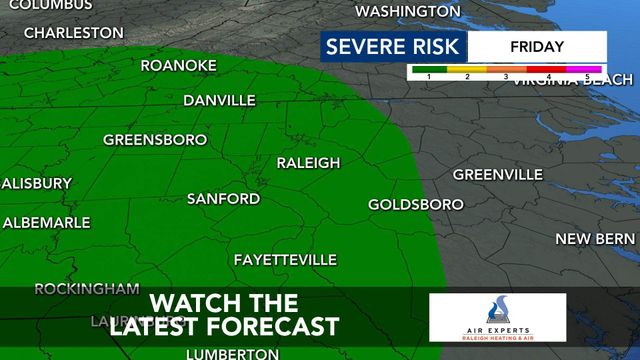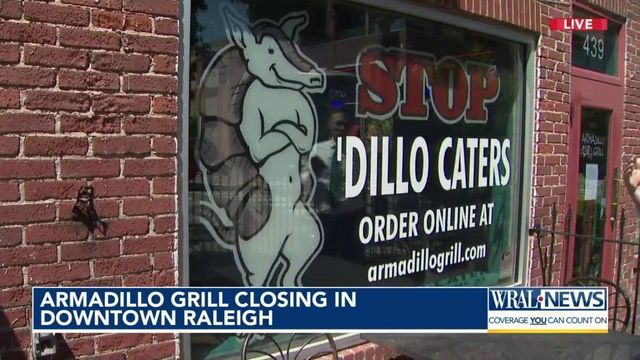A Year After the Breach, Falsehoods About Jan. 6 Persist

Efforts by allies of former President Donald Trump to rewrite the history of the Jan. 6 attack on the Capitol began as the riot unfolded. Influential conservative voices, Republican lawmakers and Trump have spent months denying, deflecting and downplaying the violence and chaos of the day.
There is no evidence that antifa was behind the attack.
A mountain of evidence shows that the rioters were supporters of Trump, but that has not stopped the cascade of specious claims seeking to pin responsibility on others.
A false theory blaming agitators affiliated with antifa, a loose collection of anti-fascist activists, began to spread on social media before the riot had even ended. Republican members of Congress and Fox News personalities quickly repeated versions of the claim.
Two days after the Capitol was breached, the FBI said there was no evidence that supporters of antifa had participated in the riot. None of the more than 729 people charged in connection to the riot so far have any connection to antifa, according to an NPR database of arrest records. Some took umbrage that antifa had received credit at all.
“Don’t you dare try to tell me that people are blaming this on antifa and BLM,” one participant wrote on his Facebook page, according to charging documents. “We proudly take responsibility for storming the Castle.”
Still, more than 70% of Republicans surveyed in a Yahoo News/YouGov poll in May and more than half in a PRRI poll in September maintained that left-wing protesters were culpable.
There is no evidence that the FBI orchestrated the attack.
Others have speculated, without evidence, that federal agents had organized the riot to entrap supporters of Trump. FBI agents and informants have been cited in charging documents as “a confidential source,” “a confidential human source” or simply “an informant,” or those “acting in an undercover capacity.” According to the theory, those listed as “unindicted co-conspirators” in the documents were also undercover FBI agents or informants.
The New York Times reported in September that two FBI informants with ties to the far-right group the Proud Boys had participated in the events on Jan. 6. But that does not amount to evidence that the FBI had orchestrated the attack. Moreover, records show one of the informants traveled to Washington of his own volition, not at the behest of his handler.
Despite denials, the riot was violent, resulted in multiple fatalities and did involve weapons.
The riot at the Capitol resulted in injuries to about 150 federal and local police officers as well as $1.5 million in damages to the Capitol. Yet despite graphic videos depicting assaults and destruction, a chorus of prominent conservative voices have insisted that the events were largely nonviolent, akin to a “peaceful protest” or “normal tourist visit.” A year later, roughly one-third of Republicans believe that the attack on the Capitol was mainly peaceful, according to several recent polls.
Trump has repeatedly, and misleadingly, compared violence at the Capitol riot to that of the racial justice protests of 2020. In several interviews on Fox News last year, he said “there were no guns whatsoever” and only one fatality during the riot compared with multiple fatalities, “plenty of guns” and “no repercussions” during Black Lives Matter protests.
Those claims are false. At least three Jan. 6 rioters face gun charges, including a Maryland resident who took a gun into the Capitol. According to the Justice Department, more than 75 defendants have been charged with entering a restricted area with a dangerous or deadly weapon. A bipartisan Senate report tied seven fatalities to the assault.
Comparisons between the riot and Black Lives Matter protests can be misleading.
Several lawmakers have echoed Trump’s comparisons between the racial justice protests of 2020 and the Jan. 6 riot. But according to experts and data, violence was more prevalent at the Capitol.
About 15 million to 26 million people participated in Black Lives Matter protests across the United States in the summer of 2020, and the vast majority of them were peaceful. More than 17,000 people were arrested in connection to the racial justice protests, according to a tally by The Washington Post. Out of some 2,600 arrests with details about the charge or protester, 582, or about 22%, were charged with crimes related to violence or the threat of violence. In other words, 1 in about 4,400 committed a violent crime, assuming the same crime rate across the entire arrestee population.
In comparison, crowd experts and officials have estimated up to 10,000 people entered the Capitol grounds. Out of the more than 729 arrested so far, 176, or about one-quarter, have been charged with crimes related to violence. In other words, at least 1 in 56 committed a violent crime. This article originally appeared in The New York Times.









